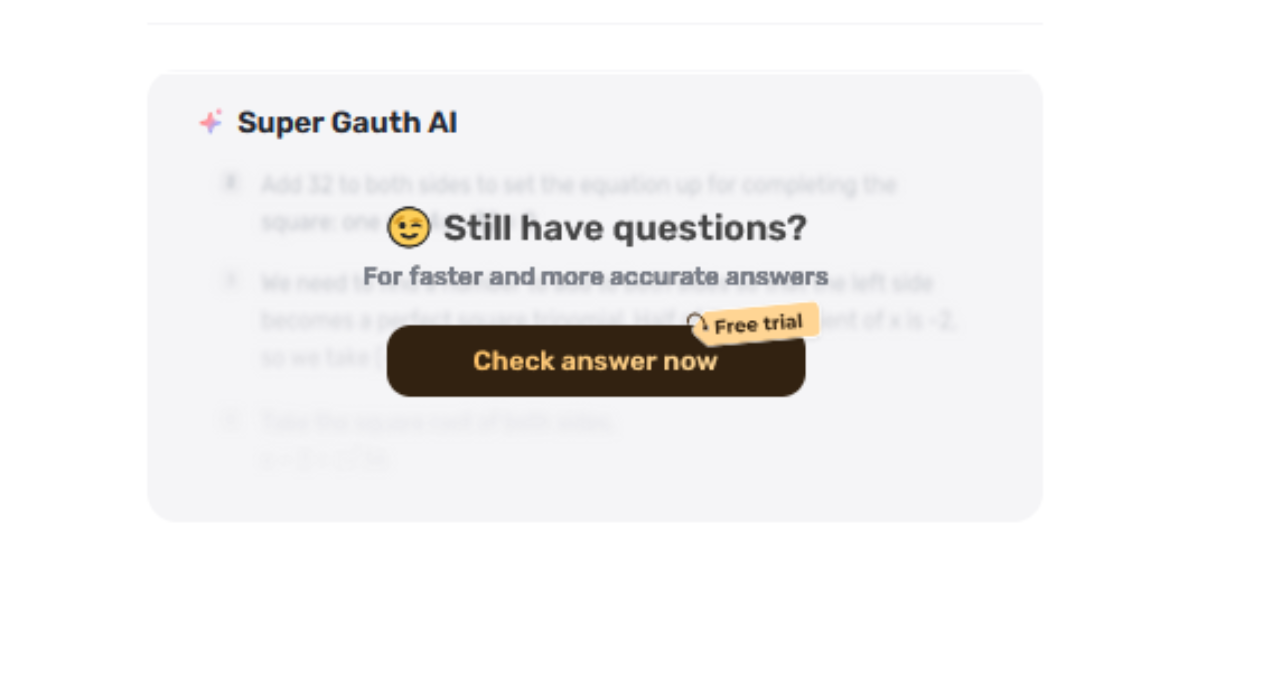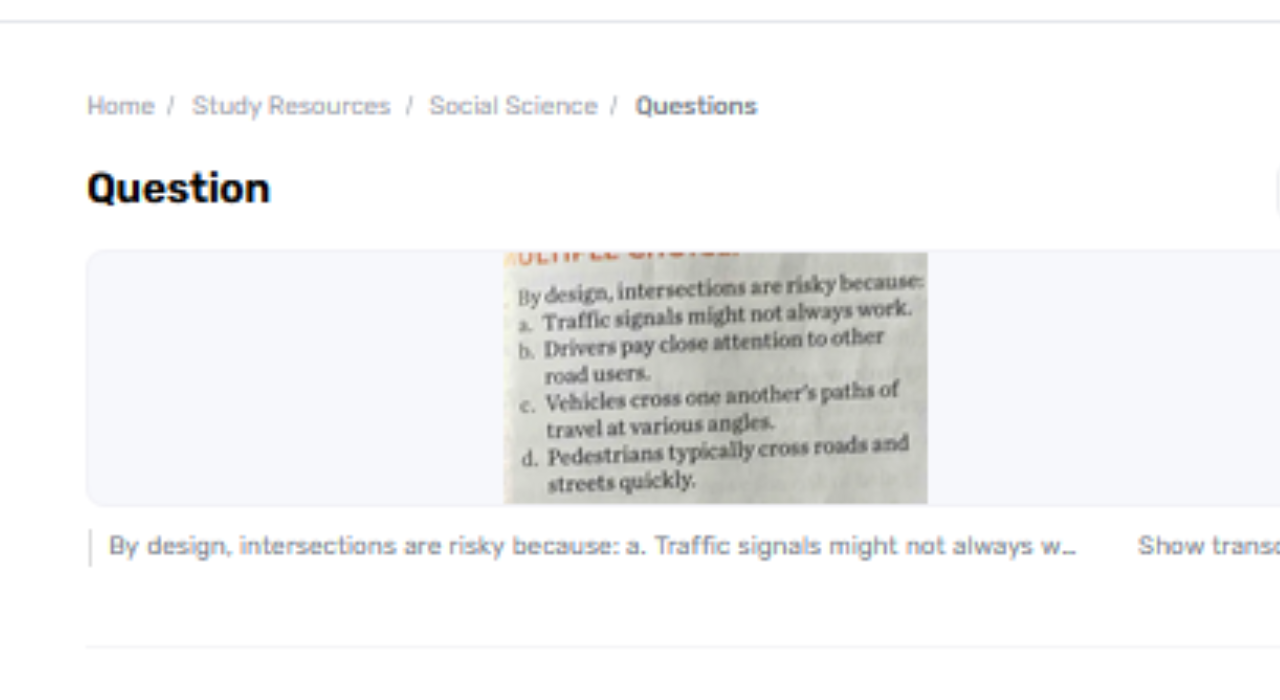Intersections are basic junctures in any transportation arrangement, where numerous pathways converge, and their plan can altogether impact street security. Whereas they are fundamental for facilitating development and network, certain plan components can make intersections intrinsically unsafe.
Understanding these components can offer assistance in making more secure plans, by design, intersections are risky because:, and diminishing the probability of mischances.
Key Components Contributing to Risky Intersection Design
Intersections pose critical security dangers due to complex activity developments, destitute visibility, lacking signage, and improper flag timing. Extra variables include pedestrian and cyclist integration, turning developments, speed varieties, intersection geometry, high activity volume, natural conditions, and historical accident information. Tending to these issues can upgrade security.
Complexity of Activity Movements
Intersections are intrinsically complex due to the numerous activity developments they suit. Vehicles approach convergences from different bearings and must explore through diverse paths, signals, and turn paths. This complexity increases the potential for conflicts between vehicles, people on foot, and cyclists. For occasion, a four-way crossing point permits various turning developments, such as left and right turns, as well as straight-through travel. Each development presents openings for collisions, particularly in case drivers are not completely mindful of or fail to take after activity rules.
Visibility and Locate Separate Issues
Perceivability could be a basic figure in the intersection plan. Poor location can prevent drivers from seeing other vehicles, pedestrians, or activity signals in time to make secure choices. This issue is frequently exacerbated by obstacles like stopped cars, arranging, or ineffectively situated activity signals. In a few convergences, the locate separate is compromised due to sharp bends, height changes, or thick urban situations, driving to the next chance of mischances.
Inadequate Signage and Signal Timing
Successful signage and flag timing are pivotal for directing drivers through crossing points securely. Inadequate or unclear signage can confound drivers, leading to missed turns or unforeseen maneuvers. Moreover, ineffectively coordinated activity signals can create circumstances where vehicles are constrained to form unexpected stops or rushed maneuvers, expanding the hazard of rear-end collisions or side-swipes.
Pedestrian and Cyclist Integration
Intersections that don’t enough account for people on foot and cyclists are regularly hazardous by design. Pedestrians and cyclists have distinctive needs and speeds compared to engine vehicles, and their integration into intersection design requires cautious arranging. Crosswalks that are ineffectively stamped or need satisfactory flag stages can put people on foot at risk, whereas crossing points without devoted bike paths can lead to unsafe interactions between cyclists and engine vehicles.
Turning Movements and Blind Spots
Turning developments at intersections can be especially perilous. Drivers turning left or right may need to fight with dazzle spots or cross paths of oncoming activity, expanding the potential for collisions. The plan of turn paths, particularly if they are not checked or enough isolated from through paths, can contribute to these dangers. For case, a left turn at an active crossing point regularly requires drivers to judge holes in oncoming activity, which can be challenging and lead to mischances if not done accurately.
Speed Limit Varieties
Speed limits can change essentially inside and around intersections. Sudden speed changes can capture drivers off protect and influence their capacity to securely explore the crossing point. For illustration, a high-speed street transitioning into a lower-speed crossing point can create challenges for drivers who are not expecting the alter.
Intersection Geometry and Format
The geometric plan of a crossing point plays a vital part in its security. Sharp turns, contract paths, and inadequate turning radii can make navigation difficult and increase the probability of collisions. Intersections with irregular shapes or offbeat formats can confuse drivers and lead to startling developments or mistakes.
High Activity Volume and Clog
High activity volume and blockage can worsen the dangers related to intersections. When a crossing point is over-burden, vehicles may become caught within the crossing point, driving to blocked lanes and increasing the risk of side-impact collisions. Activity clogs can moreover lead to forceful driving behaviors, such as running ruddy lights or making hazardous maneuvers, further expanding the probability of accidents.
Environmental Variables
Natural variables, such as climate conditions and lighting, can affect the security of crossing points. Rain, snow, or mist can decrease visibility and street footing, making it more challenging for drivers to explore convergences securely. Moreover, intersections that are ineffectively lit or need adequate road lighting can create perilous conditions, especially during nighttime driving.
Historical Accident Information
Analyzing historical accident information can provide insights into the dangers related to particular intersections. Areas with a high recurrence of accidents may demonstrate basic plan imperfections or operational issues. Tending to these issues, such as progressing signage, altering flag timings, or adjusting the crossing point format, can offer assistance to moderate the dangers and upgrade general security.
Quick Guide to Utilizing Gauth AI Effectively
Utilizing these steps, you can use Gauth AI to efficiently make high-quality substances custom-fitted to your necessities.
Step 1: Input Your Topic
Enter the subject or address you need to explore. Be specific to get the most excellent results.
Step 2: Customize Parameters
Alter settings like tone, length, and complexity. Give keywords and a brief to direct the AI.
Step 3: Produce and refine
Press create, then survey and edit the substance. Guarantee it meets your needs before finalizing.

Conclusion
In conclusion, convergences are intrinsically hazardous due to their complex nature, visibility issues, and different plan variables. By understanding these dangers and actualizing focused improvements, it is possible to improve security and diminish the probability of mishaps at these basic focuses within the transportation organization.

